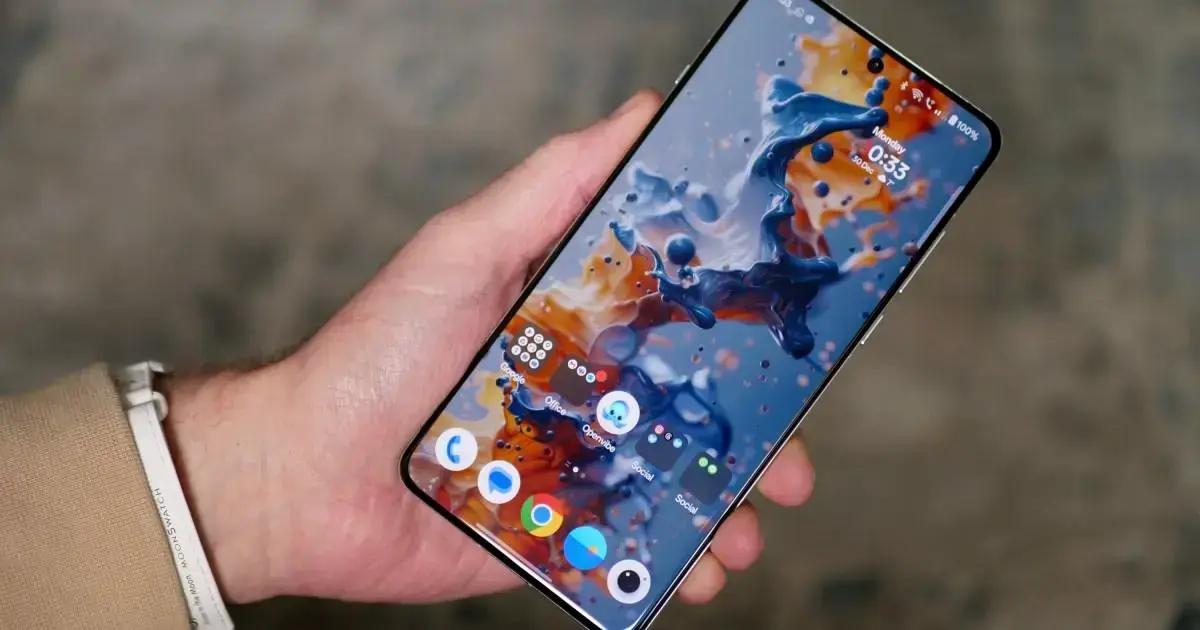Does the OnePlus 13 have a 120Hz refresh rate? A refresh rate indicates how many times your screen refreshes per second. It’s measured in Hertz (Hz). A higher refresh rate makes motion appear smoother. Want to know if the OnePlus 13 rocks that super smooth 120Hz refresh rate? We’ve got you covered. Let’s dive in!
Understanding Refresh Rate on the OnePlus 13
So, what’s the deal with refresh rates? They dictate how often your phone’s display updates each second. A 60Hz refresh rate means the image refreshes 60 times per second, while a 120Hz refresh rate doubles that to 120 times. This higher rate results in a noticeably smoother experience, especially when gaming or scrolling through content. Considering upgrading your home network? Check out this affordable Wi-Fi 6 router.
Higher refresh rates mean less motion blur and more responsive visuals. It’s like the difference between watching a standard definition video and a high-definition one. Everything is crisper, clearer, and more lifelike. For gamers, this translates to a competitive edge, as they can react faster to on-screen action. Check out our article on why notebook alternatives often outshine MacBook Air.
Now, back to the OnePlus 13. This phone does indeed boast a 120Hz refresh rate, delivering fluid visuals. It automatically adjusts between different refresh rates (60Hz, 90Hz, and 120Hz) based on what you’re doing. This dynamic switching optimizes battery life while still providing a great visual experience. Learn more about absurd smartphones unveiled at CES 2025.
This adaptive refresh rate technology is a game-changer for balancing performance and battery life. It ramps up the refresh rate when you need the smoothness, like while gaming, and dials it down when you don’t, like when viewing static images. This smart adjustment helps to conserve precious battery power. Speaking of which, did you see that Samsung is offering big discounts on monitors and Galaxy smartphones?
OnePlus 13: Refresh Rate and Performance
How does the OnePlus 13’s 120Hz refresh rate influence its overall performance? Simply put, it elevates the user experience significantly. The smoothness of scrolling, the responsiveness of gaming, and the clarity of fast-moving content are all enhanced by this high refresh rate.
While a higher refresh rate can consume more battery, the OnePlus 13 manages this well with its adaptive technology. It seamlessly transitions between refresh rates, maximizing battery efficiency without sacrificing smooth visuals. This intelligent balance makes a big difference in day-to-day use.
Consider the benefits for mobile gaming. With the 120Hz refresh rate, you can react quicker to in-game events, giving you a competitive advantage. The reduced motion blur also enhances immersion, making the game world feel more realistic. Looking to stream the Super Bowl in 2025? Here’s your guide.
Beyond gaming, the OnePlus 13’s refresh rate improves everyday tasks. Scrolling through social media feeds, browsing websites, and navigating through the phone’s interface all become smoother and more enjoyable. This fluid experience contributes to the phone’s overall premium feel. If you’re into mobile gaming, unleash your inner gamer with new gaming laptops powered by AMD Ryzen 9.
The OnePlus 13 offers a compelling combination of smooth visuals and intelligent power management. The 120Hz refresh rate, coupled with the adaptive refresh rate technology, provides a superior user experience without excessive battery drain. It’s a feature that makes a noticeable difference in how you interact with your phone, from casual browsing to intense gaming sessions.
Via Digital Trends


